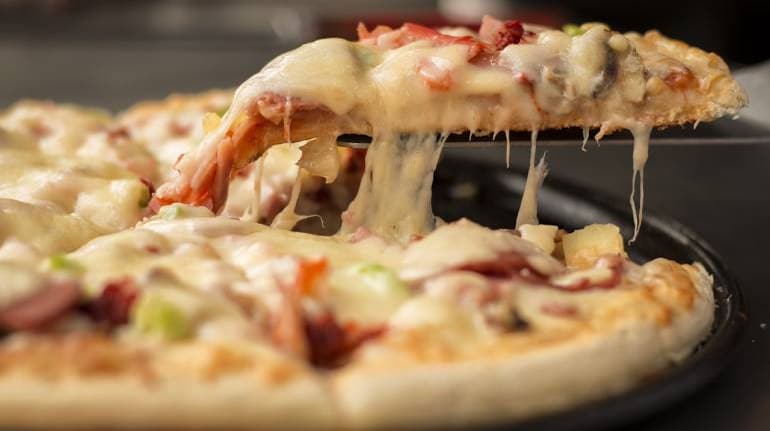Quick Service Restaurants show strong appetite for growth as COVID-19 wave subsides
Western QSRs are expected to grow by more than 50 percent during FY21-25. Growth opportunities for QSRs are even high considering the lower level of penetration.

The QSRs are also likely to enjoy the miseries of unorganized restaurant owners
The Quick Service Restaurants (QSRs) have gained a major market share in a short period. They were the first off the blocks last year when the restrictions were lifted. And most likely, the trend will repeat itself this year as well once the COVID-19 wave subsides.
A Kotak Institutional report suggests that India’s organized food services market is expected to grow at about 10.5 percent CAGR to $37 billion over FY2020-25E. Within that, the QSRs are likely to outperform with potential growth at 13 percent CAGR to $9.5 billion.
A study conducted across 541 districts in India based on purchasing power, addressable population, palate preferences, extant QSR penetration, cluster-based expansion, and economic viability suggests a strong growth possibility for QSR chains in India.
Western QSRs are expected to grow by more than 50 percent during FY21-25. Growth opportunities for QSRs are even high considering the lower level of penetration. Their share in the food services market is low at 3-4 percent, compared to over 15-20 percent in developed markets.
Waning Competition
The QSRs are also likely to enjoy the miseries of unorganized restaurant owners, as many of them may not be able to restart their business again. Growing preference for hygiene and cleanliness could also work in favour of QSRs.
Apart from the pandemic impact, there are several other changes in the overall food industry. The food aggregators have lowered the discounts and increased the delivery fees. This could give an upper hand to QSRs in comparison to restaurants and cloud kitchens.
Over the past 3-5 years, cloud kitchens have allocated higher capital on expansion without building the unit-level economy. They are likely to have run out of fresh capital and struggle in absence of these incentives to drive volumes.
The QSRs, on the other hand, have strong access to capital which could help them in strengthening their position. Besides, it will also help in expanding their footprint in the home delivery market. As per the report, the top five QSRs are likely to add over 2,200 stores over FY2021-26E versus 1,050 stores over FY15-20.
The QSRs are also forced to revisit their cost structure and minimize them to the most possible extent. They have also closed down the non-performing stores and introduced delivery fees and/or enhanced the price gaps between in-store and online menus. These measures are going to add to the profitability and return ratios of QSRs.
Strong Expansion Plans
Out of the listed QSRs, Jubilant Foodworks is best placed. This is due to the vast popularity of the Dominos brand and strong presence in the home delivery segment. Investments in new brands like Dunkin Donuts, Hong’s Kitchen, and Ekdum! are expected to be value accretive once they achieve the scale.
Westlife enjoys the strong brand equity of McDonald’s. It has plenty of scopes available for growth. This is due to the under penetration of burger chains in comparison to pizza chains. Kotak report sees the possibility of opening 110-120 McDonald’s stores in South/West India over FY2021-25E.
Burger King, on the other hand, is likely to remain the fastest-growing QSR chain in India. It has the potential to double its store counts over FY2021-25E. The company is also likely to improve its profitability. Yet, its weak return on capital employed (RoCE) profile and aggressive capital spending towards expansion are the major threats associated with the brand.




